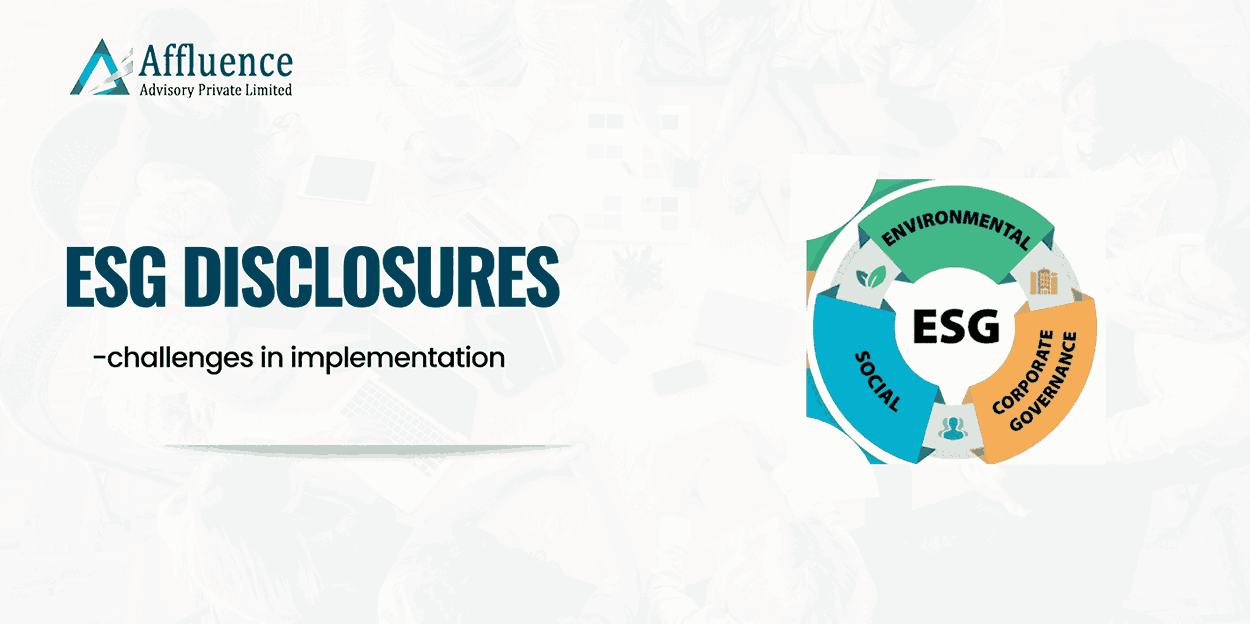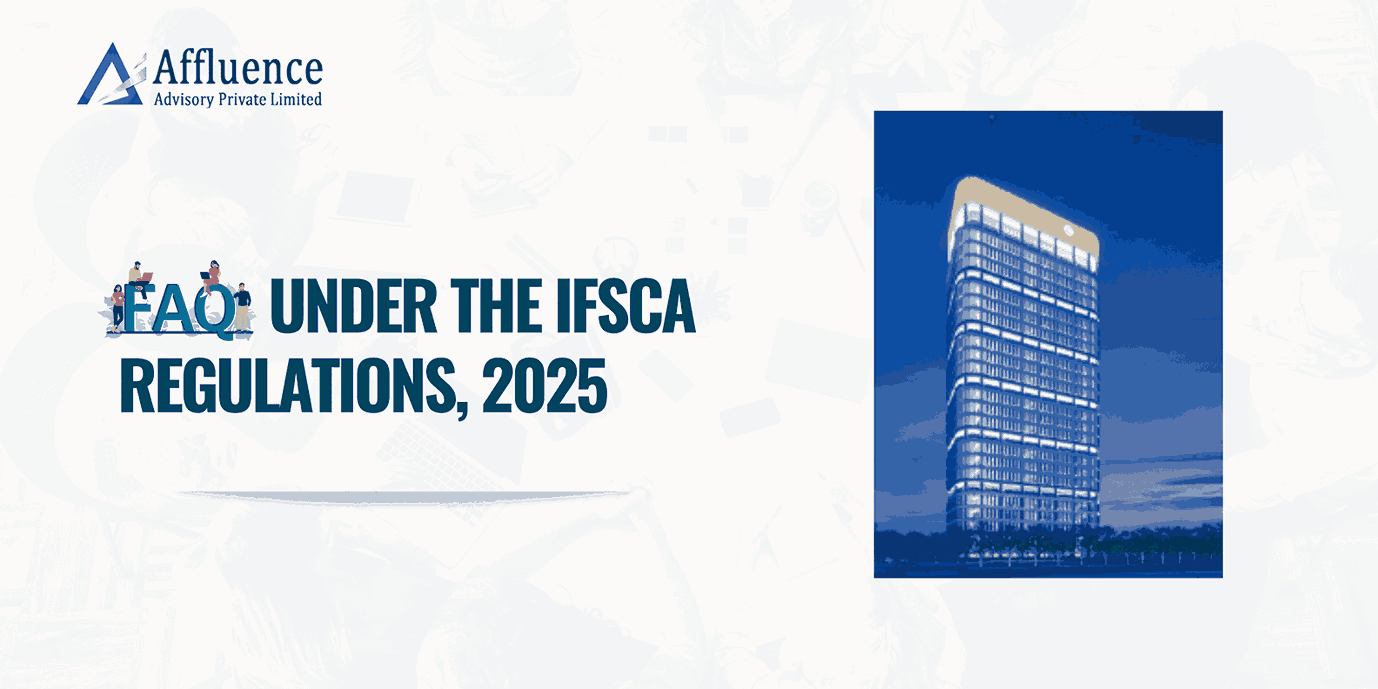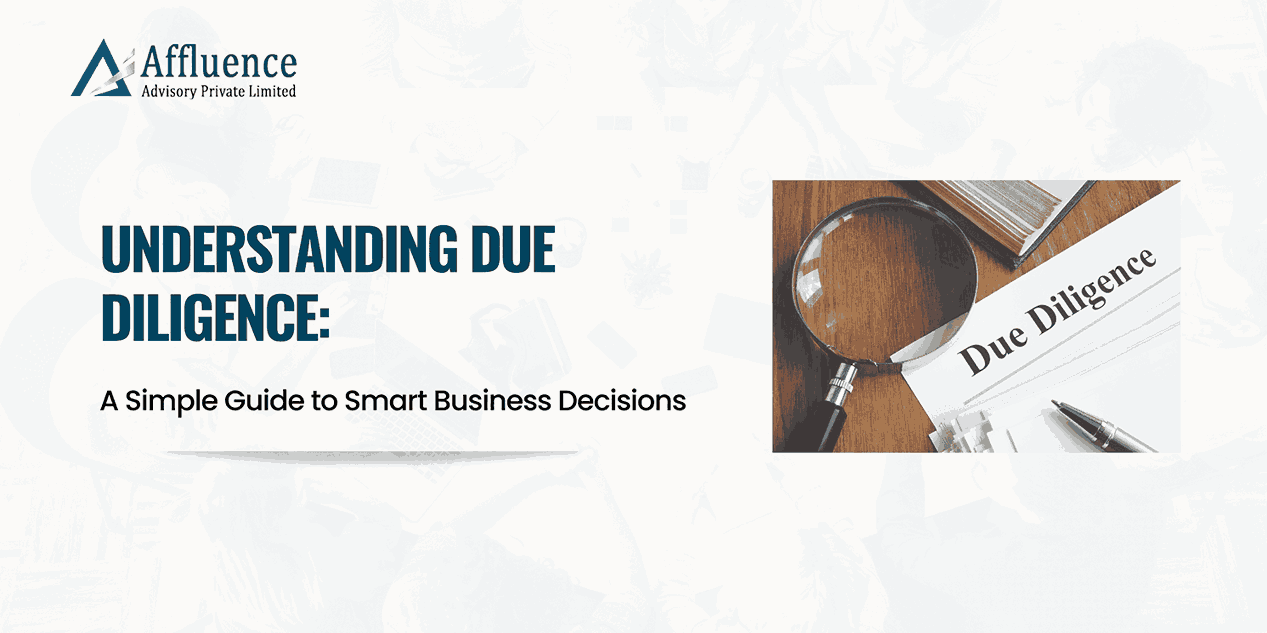Author: Ankit Baid, Research Analyst at Affluence Advisory
“The simultaneous growth of electric cars and AI, both of which need electricity, both of which need voltage transformers – I think, is creating a tremendous demand for electrical equipment and for electrical power generation.” – Elon musk
Sam Altman, once remarked that “compute is going to be the currency of the future, maybe the most precious commodity in the world…” Indeed, as technology continues to advance, the importance of energy in powering these innovations becomes increasingly apparent.
The demand for electricity is skyrocketing, with countries like the United States and India facing significant challenges in meeting their industrialization goals due to the shortage of power. The Washington Post highlighted America’s struggle, stating that “amid explosive demand, America is running out of power.” Similarly, Hitachi India projected the need to add an equivalent of the entire European existing grid by 2040 to meet India’s growing energy demands.
The surge in demand for electricity is putting immense pressure on power companies, with many admitting that they are unprepared to handle such an influx.
The proliferation of electricity-hungry data centers which is driving the construction of large warehouses of computing infrastructure that require exponentially more power than traditional data centers and clean technology factories further exacerbates the problem. Grid Strategies warns that failing to upgrade the grid infrastructure could result in regions missing out on economic development opportunities.

Both Biden and Modi administration’s push for industrial growth, coupled with the surge in clean tech manufacturing, has only intensified the demand for electricity.
In Addition to of Reshoring factories, in particular, has seen a significant uptick, with a 280% increase in mentions during S&P Listed firm’s conference calls. However, the establishment of factories necessitates a reliable and robust electricity supply. Trillion of $ capex has seeped into global economy relating to reshoring of supply chains, thereby creating more demand for electricity.
While solar and wind energy are lauded for their sustainability, they also pose challenges due to their intermittent nature and the need for substantial investments in grid infrastructure. Additionally, the proliferation of electric vehicles (EVs) further strains the electricity grid, necessitating the establishment of more charging stations.
Currently, electricity accounts for only 20% of all energy consumption worldwide. However, various projections suggest that this figure must double or even triple to fulfill net-zero pledges. And this is projected to rise to > 40 % of overall energy consumption for net zero pledge.
Nuclear Energy
The quote by Steven Wright humorously suggests that any place can be reached on foot if you have enough time. Similarly, utilities like electricity and water are crucial but often undervalued. Governments subsidize their production and delivery to keep prices low, helping ensure fair access and a smoothly running society. As a result, people pay much less than the true value for these essential services, only realizing their importance during shortages.
Because of these low prices, people tend to overuse resources like water and electricity. For instance, the Colorado River’s water supply is always a political issue, and major aquifers in the U.S. are being drained. Now, the rise of energy-hungry AI is making companies seek better, more reliable energy sources outside the current public infrastructure.
An example is Microsoft, which is paying a premium to get power from the Three Mile Island nuclear plant. While regular renewable energy like wind or solar costs about $60 per megawatt-hour, Microsoft is willing to pay around $100–$112 per megawatt-hour for nuclear power because it’s more reliable and available all the time, unlike intermittent renewable sources.
Google signing Deal with Kairos Power (Small Modular reactors – SMR’s). Building on these efforts by signing the world’s first corporate agreement to purchase nuclear energy from multiple small modular reactors, enabling up to 500 MW of constant and reliant power supply to their data centers.
This deal reflects how AI is pushing demand for constant, high-quality power, which is more valuable in today’s energy landscape.
Read More: Chinese Stimulus: The Key to China’s Economic Shift and Global Recovery
Value of datacenter market investment in India in 2019, with estimates until 2025 (in billion U.S. dollars)
Datacenter market investment in India 2019-2025

Triggers
- “A major factor behind the skyrocketing demand is the rapid innovation in artificial intelligence, which is driving the construction of large warehouses of computing infrastructure that require exponentially more power than traditional data centers.
- AI is also part of a huge scale-up of cloud computing. Tech firms like Amazon, Apple, Google, Meta and Microsoft are scouring the nation for sites for new data centers, and many lesser-known firms are also on the hunt”
- Industrial policy of both developing and developed countries are luring companies to build factories in the across their home geographies at a pace not seen in decades. A key fact stating “Not since the early 1990s has factory-building accounted for such a large share of U.S. construction spending, according to the group.”
- India’s datacenter market investment is expected to reach 4.6 billion U.S. dollars in 2025. It is primarily driven by India’s own growing internet usage, increased cloud computing demands, digitalization initiatives by the government, and localization by digital service providers. It’s a 70,000 Crore market creating an wide range of opportunities for the ecosystem surrounding it
- India’s higher cost efficiency in both development and operation is its biggest advantage comparing to more matured markets.
A recent study by the Energy Transitions Commission, a coalition of companies and financial institutions, found that $1.1trn must be spent on the grid every year until 2050 if the world is to reach its net-zero goal. That is on top of the cost of new generating capacity.
So massive investments have already started happening in electrical infrastructure, transmission, distribution, high voltage dc lines, cables etc. creating a decadal opportunity. Nuclear energy stands at the threshold of a pivotal moment, poised for substantial growth and widespread adoption
Disclaimer: This article provides general information existing at the time of preparation and we take no responsibility to update it with the subsequent changes in the law. The article is intended as a news update and Affluence Advisory neither assumes nor accepts any responsibility for any loss arising to any person acting or refraining from acting as a result of any material contained in this article. It is recommended that professional advice be taken based on specific facts and circumstances. This article does not substitute the need to refer to the original pronouncement
CLICK HERE DOWNLOAD PDF








